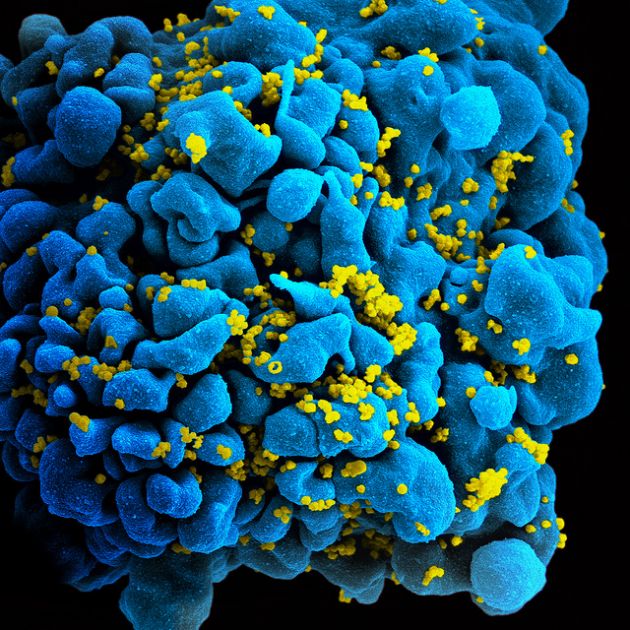HIV/AIDS cure updates: PET scan tech shows promise in HIV treatment; cure available in three years?

Scientists are working aggressively to find the cure for Human Immunodeficiency Virus (HIV). Recently, a group of researchers from Imperial College London and Emory University have figured out a method to detect the virus, which will make treatments for HIV infections more effective.
Eliminating the virus can be challenging, despite the availability of different drugs targeted toward HIV. The virus has the ability to mutate and even make its way to different areas of the body. Drugs against HIV can only help suppress the viral activity, but not completely get rid of them from the body.
It is believed that the viruses will seek refuge in the immune cells and tend to multiply there; some would even retreat to their dormant phase.
Emory University's Francois Villinger and a team of researchers wondered if using PET (positron emission tomography) scanning would help detect HIV. This similar technique is being used to detect how far cancer has spread. This idea of using PET for HIV started when it was discovered that an antibody binds strongly to Simian immunodeficiency virus (SIV) or the considered monkey version of the virus.
The tests using PET scan didn't reveal much and there were limitations, such as not being able to give more detailed scans. The scans won't also reveal the location of a completely dormant virus, but according to Imperial College London's Alan Winston, who wasn't part of the study, having the ability to locate viruses in different areas in the body that have low viral replication is already a big step.
The technique is still in its preliminary stages but experts believe it shows potential, especially in the kick and kill approach of treating HIV.
In a more recent report, scientists from Philadelphia's Temple University are optimistic that a cure will be available in three years' time.
As previously reported by Ecumenical News, the technique involves editing genes, and making them able to eliminate the virus from the body, completely.
The technique is known as Crispr/Cas9 and it goes after the HIV genetic code. Scientists will need to use the protein Cas9 and modify it so it can specifically target the viral code. A patient's blood will then be used and mixed with the edited protein, which will then hunt down the HIV DNA located in the immune cells. Once the protein has found its target, it will release an enzyme that takes down the sequence, consequently eliminating the virus.